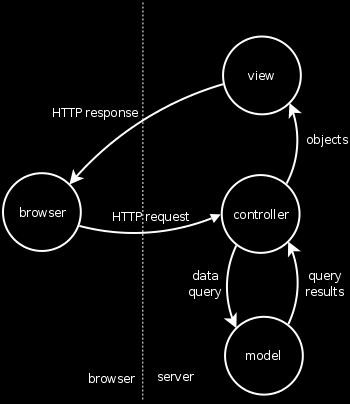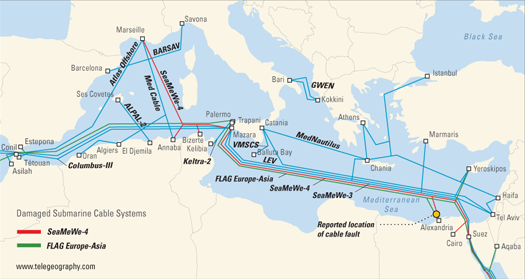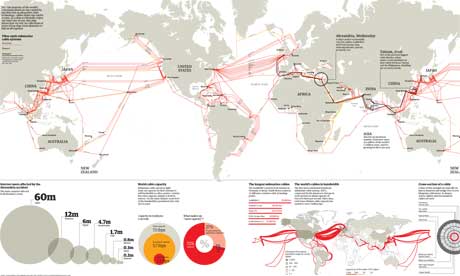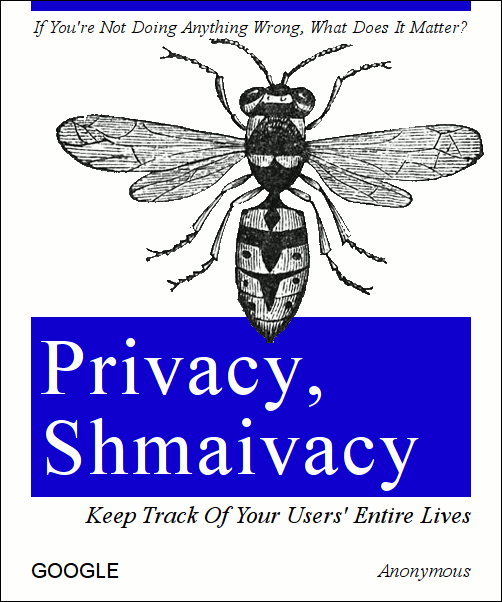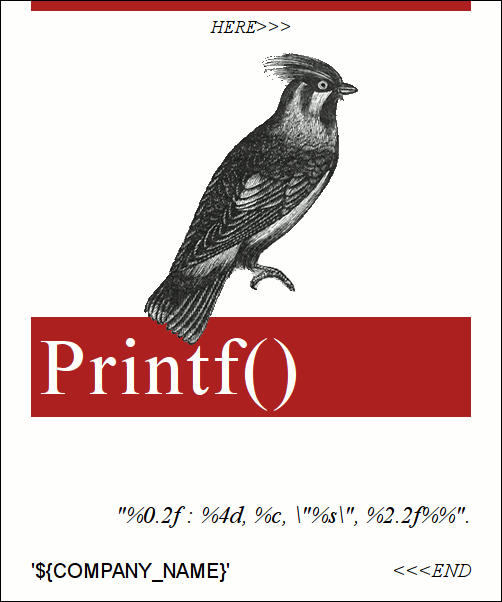If you’re going to write a program to steal people’s logins and passwords, don’t hard-code your own login and password into that same program. Otherwise awesome, benevolent hackers like Dustin Brooks will bollox things up for you real good, and then Jeff Atwood will publicly embarrass you.
Tag Archives: internet
Gimme an H!
 Gimme an O! Gimme an A! Gimme an X! What does that spell? Hoax! Sure, Microsoft’s all about embrace & extend, and they are the masters of the terrible name, but UNG? Please.
Gimme an O! Gimme an A! Gimme an X! What does that spell? Hoax! Sure, Microsoft’s all about embrace & extend, and they are the masters of the terrible name, but UNG? Please.
http://d+w+.com
The number-noun name has got to be the least creative of all the silly website naming patterns:
- Six Apart
- 8 Days (hot-or-not)
- 9 rules
- 30 boxes
- 37 signals
- 43 folders
- 43 things
- 88 miles
Just for fun I want to make a site called 0 points, or maybe 3.25 dollars. -7 employees?
Word of the day: etag
etag, N. the electronic-mail version of telephone-tag.
Internet, meet Spydentify
 Spydentify is a new experiment/side project of mine. It fills a niche that I first identified over at the Typophile Type ID Board: people love looking a pictures and trying to figure out what’s in them. The site’s interface is designed to be as addictive as possible, with a neverending, rapid flow of interesting images, big, shiny buttons to click, and instant feedback on your actions. I’m going to add more ego-stroking, viral-spreading and moderation features soon.
Spydentify is a new experiment/side project of mine. It fills a niche that I first identified over at the Typophile Type ID Board: people love looking a pictures and trying to figure out what’s in them. The site’s interface is designed to be as addictive as possible, with a neverending, rapid flow of interesting images, big, shiny buttons to click, and instant feedback on your actions. I’m going to add more ego-stroking, viral-spreading and moderation features soon.
The interface also follows the MVC pattern I laid out in this article. It uses one static HTML file, all dynamic data is loaded through XMLHTTPRequest (AJAX, for those of you who speak Web 2.0), and all HTML generation is done via JavaScript manipulation of the DOM. The backend uses Pylons, which gave me a chance to learn Pylons, Paste, Routes, SQLAlchemy, FormEncode, and Mako. And comments are rendered with my own PottyMouth.
I also designed the logo all by myself.
Underwater data cable maps
Coverage of Thursday’s internet outage in the Middle East and South Asia, caused by a ship that dragged its anchor off the coast of Egypt, has included some nifty maps. ForeignPolicy has this close-up of the Mediterranean cable network:
And The Guardian UK included this large map of the global cable network.
The source for both maps, TeleGeography, has some pretty impressive maps of the global data network for sale; unfortunately their prices are just as impressive.
O’Reilly Maker
You can design your own O’Reilly book covers. I couldn’t resist:
Some other gems: HTML5, X-UA-Compatible, Complete Rewrite, Crashing Servers, Turtles, Coding Drunk
Internet Explorer lays anchor in 1999, sets sail for the future
The Internet Explorer team has announced a meta tag that instructs Explorer 8 to render the page as if it were a previous version of Explorer. The idea is to maintain the exact same rendering, bugs and all, of previous versions of Explorer, so that layouts designed for older renderers never change.
The next big thing, part 1: Resolving the conflict between Model-View-Controller and AJAX design patterns
or, how I learned to stop worrying and love the XMLHTTPRequest…
This is the first part of what will become an ongoing series.
If you’ve built a website in the last few years, most likely you’ve adopted an architecture similar to Model-View-Controller, or MVC. If not, well, either your website is terribly simple, you haven’t had to modify it yet, or your code is spaghetti and you should be fired. Just kidding. (Or maybe you’ve come up with an even better architecture, in which case you should share your insights with us mere mortals.)
In MVC architecture, the model reads and writes data to and from a back-end data-store, and organizes the relational data in a nice, hierarchical fashion to be used by the controller. The view accepts input from the controller and generates output HTML, XML, RSS, JavaScript, SVG, PDF, or whatever you want to send to the user’s browser. And the controller accepts browser input, figures out what to query the model for, and picks which view to use and what data to send it.
